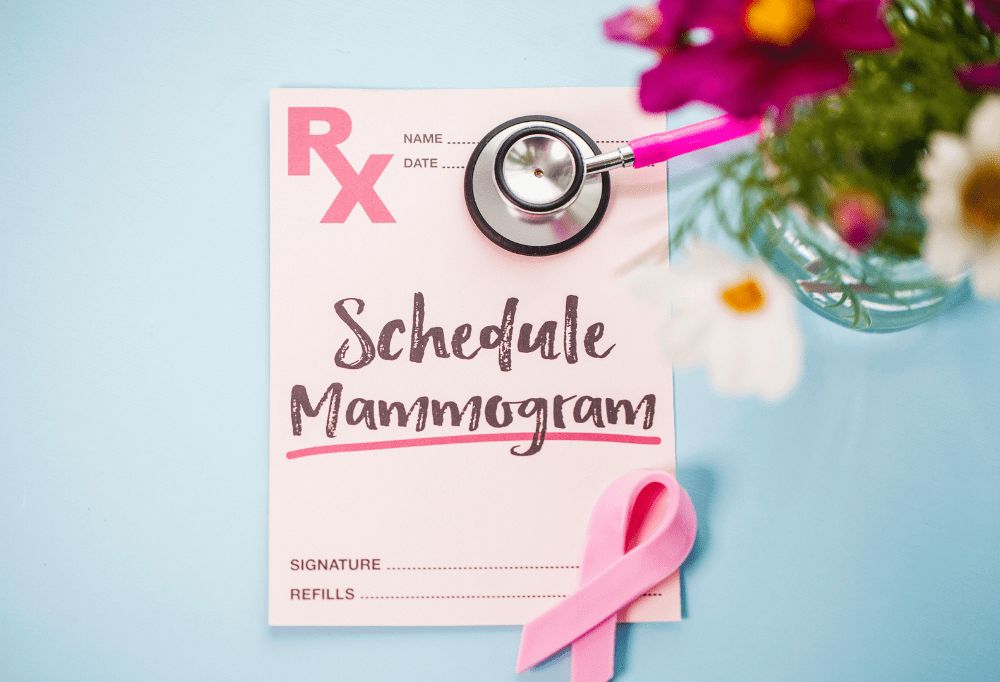While pink ribbons seem to run rampant during the month of October, breast cancer is a topic that should be on our minds 365 days a year — or at least some of those days. The truth? Females in the U.S. have a 12 percent chance of getting breast cancer in their lifetime — that’s one in eight women. That means it could be a friend, a coworker, your grandmother, an aunt, your mother, or as much as we may hate to think about it, even yourself. But there are some things you can do to catch the disease early on in order to make treatment successful.
Early Detection
Many women with breast cancer have no symptoms at all (not even a lump you can feel), which is why it’s crucial to go in for regular screenings. Because the earlier breast cancer is detected, the better the success rate for treatment.
It’s a good idea to begin speaking with your healthcare provider by age 40 in regard to when you should begin annual screening, especially if you have a strong family history of the disease. Sharing your family history and personal medical history will help determine whether you are at average risk or high risk for breast cancer.
According to new guidelines released by the American Cancer Society, women with an average risk for breast cancer should have yearly mammograms starting at age 45, which can then be reduced to every other year at age 55, as long as the woman is in good health. Also, it is important to understand the benefits, risks and limitations of breast cancer screenings. While regular mammograms will find most breast cancers, they are not foolproof against detecting all breast cancers.
When used in combination with regular physical exams, mammography and other screening tools such as breast ultrasounds or MRIs, breast self-exams are no longer recommended as a crucial screening tool for breast cancer, as research has shown no clear benefit. But note that all women should still be familiar with how their breasts generally look and feel and definitely report any changes to their primary care physician or gynecologist right away. Most often when breast cancer is detected due to a symptom such as a lump, it is discovered during routine activities such as bathing or dressing.
Breast Cancer Warning Signs
It is important to recognize some of the most common warning signs of breast cancer, in the event it is not detected by mammography:
- A change in the look or feel of the breast
- A change in the look or feel of the nipple
- Nipple discharge
Note that breast tissue is naturally lumpy or bumpy, and in most cases, it is no cause for concern. But lumps that feel harder or stand out from the texture of the rest of the breast could be a sign of breast cancer, or it could be a benign breast condition.
The bottom line? If the look and feel of your breasts have changed, it is best to talk to your healthcare provider about getting properly screened.
Contact Beaches OBGYN at (904) 241-9775 for more information or to schedule an appointment.


